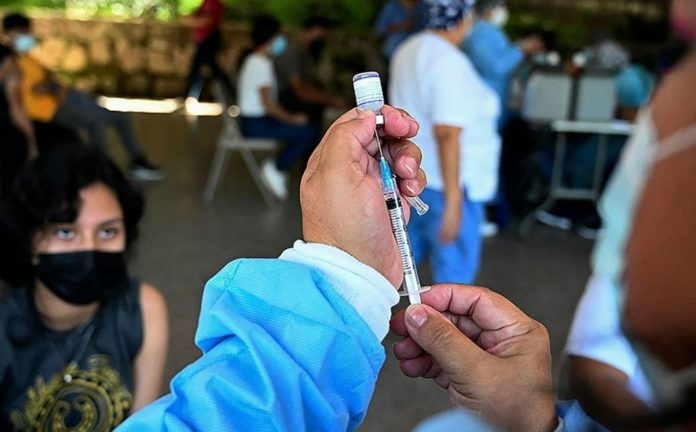A recent study, published on bioRxiv and yet to be peer-reviewed, discovered a particular area of SARS-COV-2 that can be targeted by antisense oligonucleotides to potently suppress viral replication and, as a result, the development of coronavirus disease (COVID-19).
The emergence of SARS-CoV-2 infectious and deadly variants in the present pandemic, as well as the rise of spontaneous viral resistance to traditional antiviral drugs, highlight the critical need for the development of new classes of efficient antiviral treatments.
We know that this virus can avoid antiviral defences by successfully interfering with host protein synthesis, messenger RNA (mRNA) stability, and protein trafficking. SARS-CoV-2 nonstructural protein 1 (Nsp1), in particular, can use its C-terminal domain to inhibit ribosome activity and halt host protein synthesis.
Furthermore, prior research on SARS coronaviruses has shown that the 5′ untranslated region (5′ UTR) of coronaviral mRNAs plays a role in protecting the virus against Nsp1-mediated suppression of mRNA translation.
Nonetheless, it remains unclear how SARS-CoV-2 circumvents Nsp1-mediated suppression of viral protein production and whether the mechanism at work is indeed therapeutically targetable.
A collaboration of experts from Harvard Medical School, Boston Children’s Hospital, Harbin Institute of Technology, Massachusetts Institute of Technology, and Ohio State University set out to answer this study issue.
The researchers co-transfected a mScarlet reporter construct (a simple, constitutively red fluorescent protein) with maltose-binding protein (MBP)-tagged Nsp1 or the MBP control in several cell lines to study the function of SARS-CoV-2 Nsp1 in limiting mRNA translation.
State-of-the-art immunofluorescence and quantitative microscopy methods were used for this purpose, and transfection experiments for microscopy were performed in at least three repetitions.
Finally, in order to decrease viral translation, they aimed to disrupt the function of a crucial short stemloop 1 (SL1) in SARS-CoV-2 5′ UTR function using antisense oligonucleotides designed to target different SL1 areas.
This study found that SARS-CoV-2 can use SL1 in its 5′ UTR to avoid Nsp1 repression, thereby switching the translational machinery from creating host proteins to making viral proteins. A certain amount of host fitness is maintained during this procedure, while virus replication is enhanced.
Furthermore, the researchers discovered that the N-terminal domain helps to decrease host translation by coordinating with the C-terminal. Importantly, in order to fulfil this job optimally, both domains must be covalently connected and appropriately separated.
In terms of therapeutic potential, it was demonstrated that SL1 could be targeted by locked nucleic acid (LNA) antisense oligonucleotides to prevent the SARS-CoV-2 5′ UTR from evading its own translational repression, thereby vigorously inhibiting viral replication.
As there are no known single nucleotide variants with a frequency of more than 1 percent in the SL1 region, nor are there any known mutations among newly identified variants, this mechanism may represent a distinct treatment target for increasingly infectious and immune-evasive strains that may emerge during the pandemic.
“More generally, our proof-of-principle in developing therapeutics to unleash a pathogen’s own virulence mechanism upon itself may represent an important strategy to avoid resistance in SARS-CoV-2 and could be expanded to other host-pathogen systems,” said study researchers in this bioRxiv paper.
Future research will be critical for elucidating precise functional connections between Nsp1 and host proteins, as well as determining whether mutants that could escape such a therapeutic approach would face a significant selective disadvantage.
Image Credit: Getty
